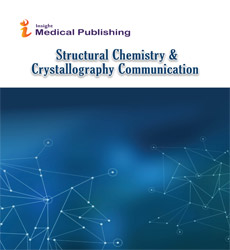Biocompatible polymer-exfoliated nanosheets with ultra-high drug loading as safe and efficacious cancer therapeutics
He Zhang
University of New South Wales, Australia
Published Date: 2022-06-30Abstract
Two-dimensional (2D) layered double hydroxide (LDH) nanoparticles have beenwidely studied for biomedical applications due to its tremendously biocompatibleproperties at the nanoscale. Exfoliating LDH nanoparticles into ultrathin nanosheets is an efficient way to maximize the utility of each single layer, which possess the higher specific surface area. However, current exfoliation methods of LDH nanoparticles are either time-consuming or lack of biocompatibility (bottomupmmethod), which remains a bottleneck for biomedical applications of LDH nanosheets. Herein, we developed a novel and rapid method to synthesis ultrathin LDH nanosheet with a thickness of around 3nm via bottom up method
Open Access Journals
- Aquaculture & Veterinary Science
- Chemistry & Chemical Sciences
- Clinical Sciences
- Engineering
- General Science
- Genetics & Molecular Biology
- Health Care & Nursing
- Immunology & Microbiology
- Materials Science
- Mathematics & Physics
- Medical Sciences
- Neurology & Psychiatry
- Oncology & Cancer Science
- Pharmaceutical Sciences
